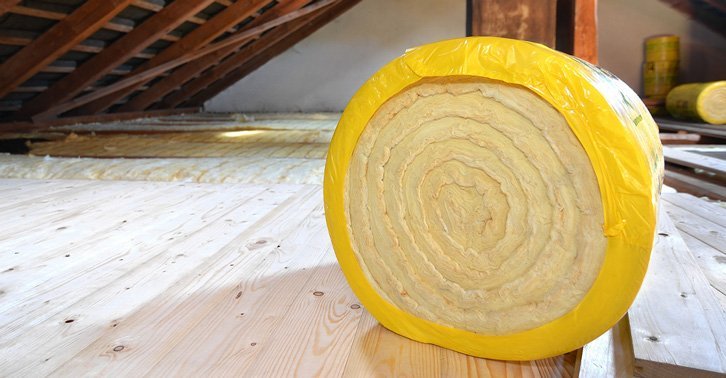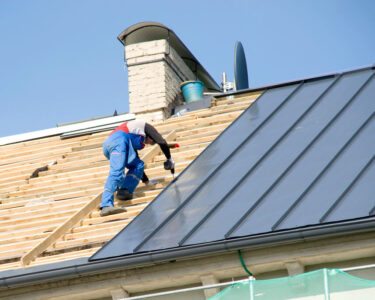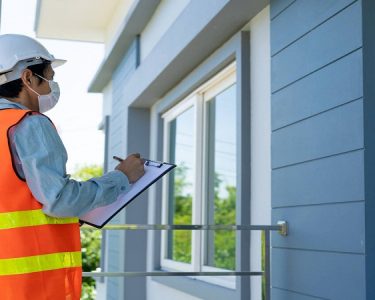There are many different types of attic insulation and people want to know what the best attic insulation for their homes. This whole issue of what the best one is relative and actually depends on factors such as access to attics, insulation area, local climate, the recommended R-value of insulation for the zip code of premises, the amount of insulation material needed and other special requirements of the homeowner.
The different types of attic insulation options are usually compared on the basis of the value of R. The insulation is rated based on how well they resist the heat flow and given a number based on this resistance which the R-value. The highest R-value indicates a better insulation capacity. The values can change depending on material’s type, density, and thickness. If you need to know the multi-layer value of a material, then add the individual R-values of the layers to get the potential isolation of the entire thickness.
Attic insulation types and energy conservation for walls, doors, floors and attics are the greatest energy sinks in any home. It does not matter which of the types of attic insulation you choose, as long as you go about sealing of all sources of power leaks. This alone will save you a lot of money on energy bills.
New home constructions are usually equipped with an optimum level of insulation on walls and ceilings. But some builders try giving minimal insulation to keep costs down. Therefore, it is the responsibility of the homeowner to insulate as much as possible recommended by the Department of Energy. In addition, most penthouses come without insulation and to save on energy costs we need to isolate, at least to I-38 or more.
To isolate, a professional can be hired or the homeowner can take it as a do-it-yourself project for the weekend. It pays to learn about the issue of insulation as much as possible, so you isolate your lofts wisely. To cover all the holes and gaps are important, but at the same time, the soffit ventilation grilles and air vents need to be left open.
Insulation materials should not be compressed to avoid reducing the R-value of the material. Glass fiber batts will not be cut unless absolutely necessary. Making the right measurement will prevent such problems. The effectiveness of attic insulation depends on a large extent from their correct installation instead of the best or worst types of insulation.
The first few times you may mistakenly think that the insulation between the beams and posts is more than enough; the beams and posts should be completely submerged in insulating materials to prevent loss of thermal energy. Exposed parts of the roof structure act as thermal bridges that conduct heat making the insulation ineffective. Tap into the loose filler insulation to completely cover the beams. A visual inspection should reveal any of these structures. Blow-in insulation is more effective if necessary to cover completely. By blowing in a depth of 10 to 14 inches, you get R-value of about 38, which is the recommended for attics. Different types of attic insulations have different R-values per inch of material. Thus, some may require less thickness to achieve the same R-value. It is also recommended to go through the attic insulation reviews for making a right decision.
There is a point when, as a home owner, you have to think about the reliability of insulation in attic. Choosing the best matter for attic insulation could come down to cost and it definitely pays to know what you are getting. A major attic insulation restoration can be pricey, but you should keep in mind that most installation companies offer payment options to help make it more affordable. Your choice for attic insulation material and the installation method may be a personal preference or might even be determined by the recommendation of your trusted insulation installer. You must do your research because this is a substantial investment, and if it is done right the first time, it should last for many years to come. Whatever your final decision is, you should consider all of your options to make an informed choice.
The professionals in the field highly recommend spray foam for attic insulation. This superior product has the ability to quickly and completely cover any surface it is applied to which makes it a preferred choice. You may also consider blown in cellulose insulation for attic. Its application takes longer and it’s a lot messier than spray foam, but it is easier for the do-it-yourself installers and it is less expensive than spray foam.
Blown in insulation has better area coverage than fibreglass batt insulation. The small pieces of cellulose are able to settle in to the smaller crevices and can be blown in to unusually shaped corners, uneven surfaces etc. This makes it a more effective product for energy conservation when comparing those two products side by side.
Fibreglass batt insulation is by far the easiest installation for a home renovator, but it is also time-consuming, and can cause skin irritation if the proper protective clothing isn’t worn. It doesn’t have the same ability to fill crevices as spray foam or cellulose does however. This type of insulation is also ineffective if it becomes moist as it doesn’t have the same moisture repellent properties of cellulose or spray foam. Fibreglass batt insulation can be used together with blown in cellulose by placing the batt down first and blowing the cellulose on top. This combination will offer a higher R-value than fibreglass batt used alone.
Here you can see the option you have got and if you are a DIY fan, you can go here to find the top attic insulation to fulfill the purpose.






